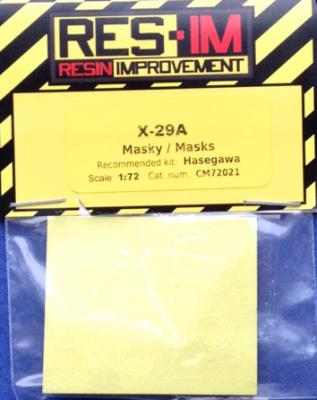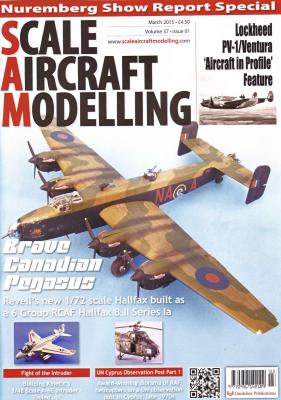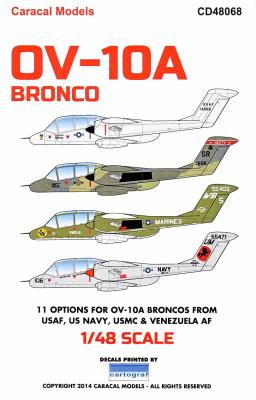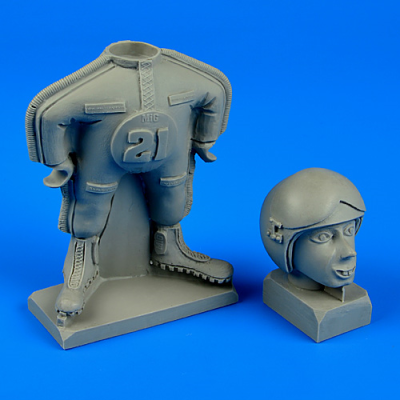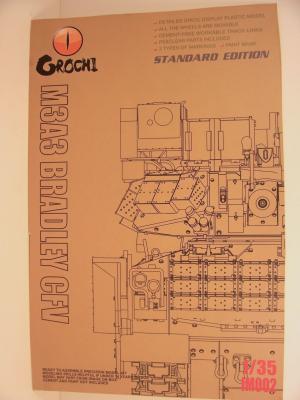I've used more than a few masks on my models lately and have always been happy with the results. This X-29 set from RES-IM continues the trend and performs as advertised. Printed on yellow Kabuki type tape and laser cut, the sheet provides masks for the windscreen, canopy, and the three wheels. The only omission was the instruction sheet - there was none to be had. Fortunately, the X-29A has a very simple windscreen/canopy with frames only around the edges of the Plexiglas. Consequently, the positions of the individual masks are easy to decipher. They are also easy to see on the sheet and easily removed. Masks for the clear parts were "outlines" leaving the modeler to fill the openings. I cut some pieces from unused sections of the sheet for this task, but any suitable masking tape or liquid would suffice.
Welcome to the IPMS/USA Reviews site!
Introduction: The primary organization of the IPMS/USA Review website is by IPMS/USA National Contest Class. Within each Class there are sub-menus by kits, decals, books, etc. The Miscellaneous Class is for items that are not class specific or that cross two or more classes.
IPMS/USA Members: We encourage you to submit reviews, both here and to the Journal. To volunteer for membership in the IPMS/USA "Reviewers Corps" and submit your own reviews, please read the Guidelines For Submitting Product Reviews.
Manufacturers, publishers, and other industry members: IPMS/USA is pleased to offer your company the opportunity for product reviews. All product reviews are performed by IPMS/USA members, and are posted in the publicly-accessible section of our website. With very few exceptions, we perform full build reviews of new kit releases, aftermarket products, and supplies. If you would care to provide product samples for review, please contact John Noack, IPMS/USA 1st VP.
To learn more about IPMS/USA, please see our About Us page.
Neil Robinson takes his second go around as interim editor and comes up with a second great issue. While the previous formats have been consistent, this interim issue is a collections of great articles and two aviation in profile and all the expected news on new releases and current in stock materials. There is also a really nice review of the Nuremberg Show Report.
The first article is an excellent upgrade of Revell's 1/72 Halifax built as a 6 group RCAF Halifax B.II Series IA built by Tony O'Toole. Changes include filling in some windows and reconfiguring others along with using a Freightdog set. The results are superb. Bonus real pictures and a history of the plane were included.
Andy Scott builds Revell's wonderful 1/48 Ventura as a Mark II. Alley Cats OOP blistered canopy was used to replicate this mark. Other changes include his method to fill the correct lines and Ultracast wheels were used.
A somewhat neglected kit of a very interesting aircraft, Testors 1/48 OV-10 gets an excellent decal set from Caracal Models. For those unfamiliar with the plane, the OV-10 was designed for counter-insurgency (COIN) operations and served the US military with distinction from the Vietnam War to the first Gulf War. It is a tough plane for operating in difficult situations. This set of decals covers the Air Force, Navy, Marines and also the Venezuelan Air Force with marking for 11 planes. They are:
Aires, as part of their Aerobonus line, has started issuing 90mm figures of mascots for popular planes or units. These have included the stinging bee for the Skyraider of VA-176 and the tomcat from VFA-31 for the F-14. They continue this with a mascot for the Mig-21 which is a caricature of a Mig-21 pilot in a full flight suit. I could find no further information about what unit it might represent or what specific pilot is featured.
The Kit
The parts break down is simple - the body and the head. Take your time separating the casting blocks - they are beefy. Once separated, there are some seams on the inner legs that need sanded and you’re ready for some paint. I primed the kit with Alclad gray primer and set it aside to dry.
History
The M3 Bradley Cavalry Fighting Vehicle (CFV) is an American tracked armored reconnaissance vehicle manufactured by BAE Systems Land and Armaments (formerly United Defense) based on the Bradley Fighting Vehicle Family. The M3 CFV is used by heavy armored cavalry units in the U.S. Army.
The M3 Bradley CFV is very similar to the M2 Bradley IFV (Infantry Fighting Vehicle) and is fielded with the same powerful two-man 25mm Bushmaster Cannon turret with the coaxial 7.62mm machine gun. It only varies from the M2 in a few subtle ways and by role. The M3 is classified as an armored reconnaissance and scout vehicle and does away with the firing ports found in the M2 series. The M3 also carries more TOW missiles as well as more ammunition for its 25mm and 7.62mm guns.











